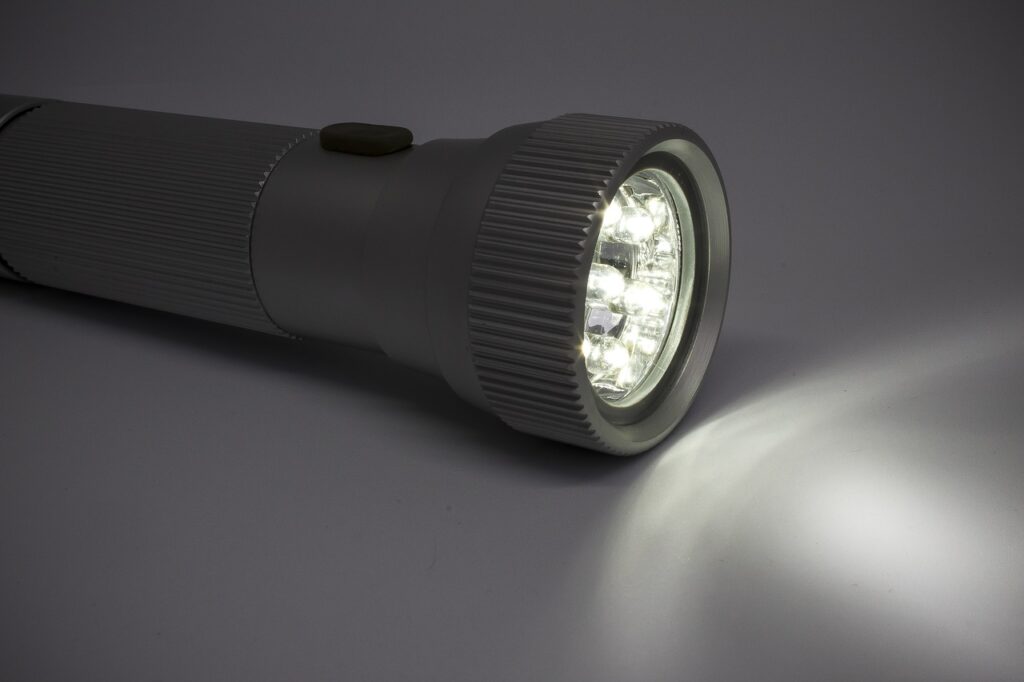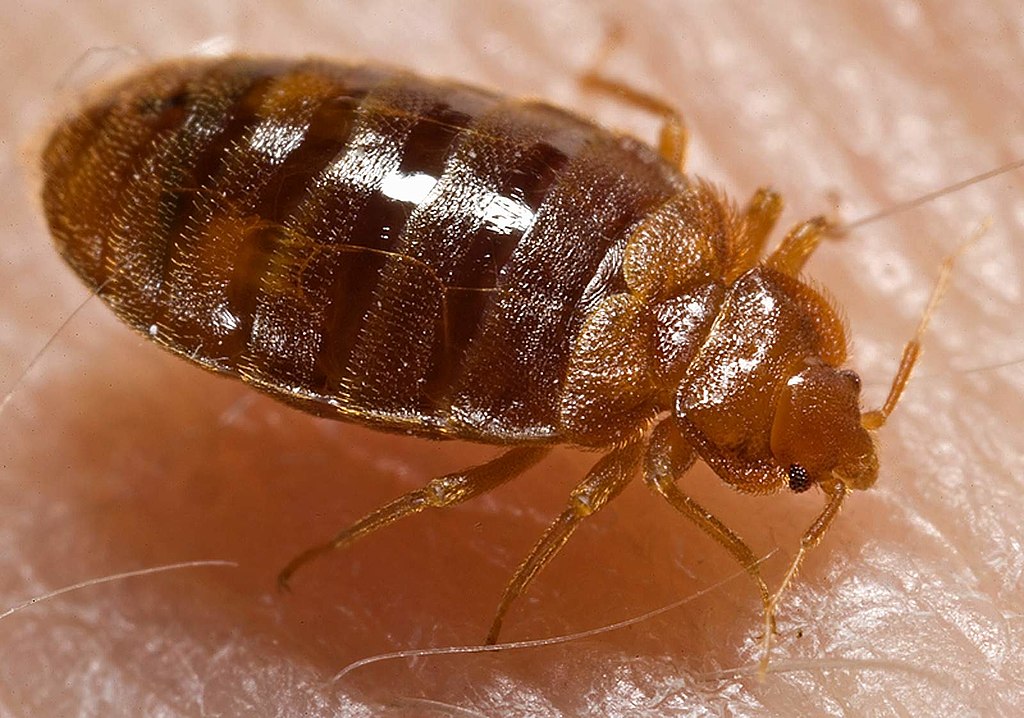Bed bugs are not welcome in your home. Unfortunately, you can easily pick them up from others who are suffering from bed bug infestations, like someone in your dorm or workplace. You can even get them from a hotel. If you think you are suffering from an infestation, here is how to check your mattress for bed bugs.
Why you should take bed bugs seriously
First, why do you even need to worry about bed bugs? Well, bed bugs bite. And contrary to their name, these pests can actually live beyond beds. They can be much more troublesome than you expect. They can infest your entire home.
- Bed bugs bite. Bed bugs need to feed in order to mature and procreate. Unfortunately, you are an easy target when you are in your bed asleep. It also doesn’t help that they are more active at night and are more likely to bite when you are already resting from a whole day’s work. The only positive thing here is that bed bugs are not known to spread diseases. But their bites can lead to infections, itching, and swelling.
- Bed bugs can spread beyond your mattress. The name “bed bug” is a bit misleading. Sure, these parasitic insects can live in beds. But these are not the only places where they can thrive. They can live on carpets, curtains, piles of undisturbed clothes, and even other pieces of furniture like sofas and chairs. They can easily turn your entire home into a disgusting nest of bed bug carcasses and feces.
What you will need for bed bug inspection
If you want to know if you are suffering from a bed bug infestation, getting the help of a professional pest controller is still your best bet. They can inspect your home, gauge the severity of the situation, and get rid of the pests. But if you want to do the inspection yourself, here are the things you will need.
- Gloves. Bed bugs bite. Generally, bed bug bites are not really dangerous. They can be minor inconveniences because of itching and swelling. But there are rare cases where they can be dangerous too because of allergic reactions and infections. To be safe from bed bug bites, wear gloves before doing your inspection.
- Flashlight. Remember that bed bugs thrive not just in your mattress but also in other parts of your home. Some of these spots are dark and hard to reach. You will need a flashlight to inspect them properly.

How to check your mattress for bed bugs
Sure, bed bugs can thrive in many parts of your home. But it’s not a bad idea to check for bed bugs in your mattress first of all places. After all, your bed should be your safe haven after a whole day’s work. You are also at your most vulnerable in your bed because you are defenseless when you are asleep.
Here is how you should check for bed bugs in your mattress.
1. Look for signs of bed bugs in your linen
Your bed sheet, blanket, pillowcases, and every other thing on your bed can show some signs of bed bug infestations. Here are the signs you should look out for.
- Bed bug carcasses. You may see dead bed bugs that have been crushed in your bed. Bed bugs also shed as part of their life cycle. You may see carcasses and exoskeletons around.
- Bed bug eggs. Bed bug eggs are milky white capsules. They may be hard to spot because they can be as small as 1 mm. But the fact that they are often found in clusters makes them easier to see.
- Bloodstains. Since bed bugs feed on your blood, your blood splatters on your linens once you crush the bed bugs when you move around in bed. The bloodstains can appear like drops or smears.
- Brown smear marks. You may see red smear marks because of blood. But you may also see brown smear marks. These can be bed bug carcasses, exoskeletons, or feces. Whatever they are, they are equally disgusting.
- Live bed bugs. The most obvious sign of a bed bug infestation is seeing live bed bugs. These parasitic insects are reddish-brown and wingless. They can be as small as 1 mm and as big as 7 mm.
2. Inspect the mattress itself
Bed bugs can live inside the mattress. It’s fairly easy to know if your mattress is infested with bed bugs. Just look at the same signs listed above. Check your entire mattress, including the side facing your bed frame. That side can even be more infested.
While checking, give particular attention to the seams and the corners. If the mattress has zippers, heavily inspect them too. These are some of the most favorite spots of bed bugs.
3. Inspect the bed frame
The bed bugs can thrive beyond your mattress, and the first place they will go is the bed frame itself. Give particular attention to the corners and the undersides, especially the edges around the bed frame’s feet. These edges are hotspots for bed bug eggs. Use a flashlight if these spots are too dark for you to inspect with your naked eyes.
4. Look for signs beyond your sleeping area
Bed bugs hide during the day and they happen to be able to flatten their bodies. It also happens that their meal (you) is very accessible through the bed. These facts make mattresses ideal hiding spots for bed bugs. But this doesn’t mean that mattresses are the only spots they can thrive.
Here are other common spots where bed bugs can thrive.
- Carpets and other similar areas where they can’t be struck by sunlight
- Curtains
- Hard or soft-cushioned furniture, especially those near infested areas, like bedside tables and cabinets
- Piles of undisturbed clothing, usually in seldom-used cabinets, laundry piles, and old clothes
- Small items like bags and stuff toys
- Walls, especially the parts connecting to the bed; and loose wallpapers

Final thoughts
Bed bugs are nasty. They are worse than you think because they can actually spread beyond your mattress. Even though these pests can thrive elsewhere, it’s not a bad idea to check for bed bugs in your mattress first of all places.
If you do find out you have a bed bug infestation, don’t automatically throw away your mattress. You can actually save it. Also, the best way to get rid of an infestation is by getting the help of pest control professionals. Sure, there are DIY tactics out there. But nothing beats the effectiveness and safety of the work of experienced pest controllers.

